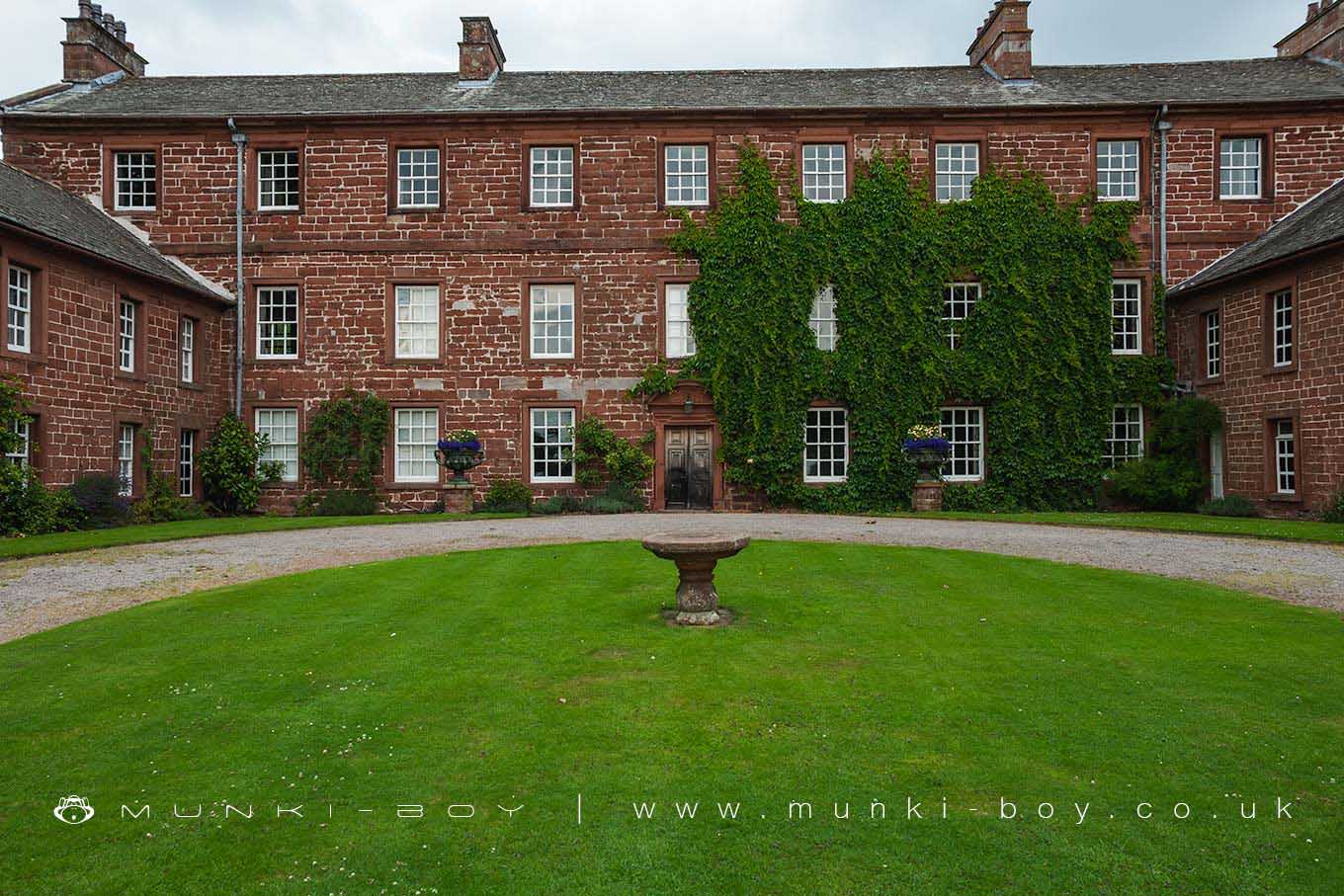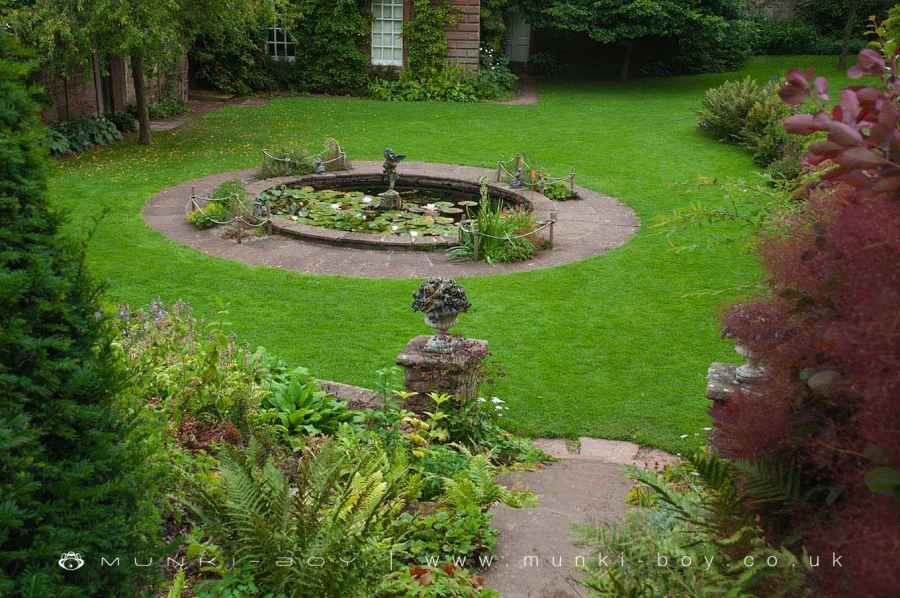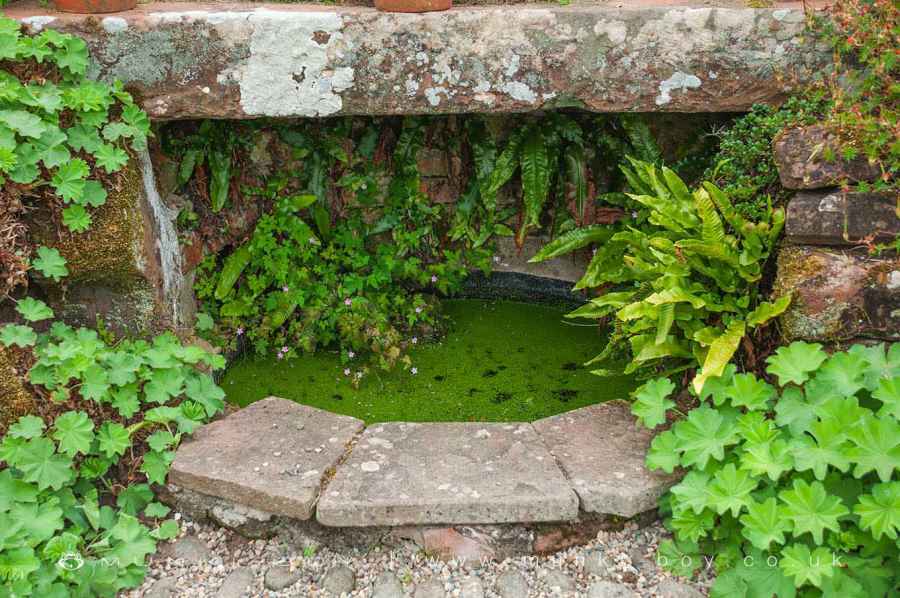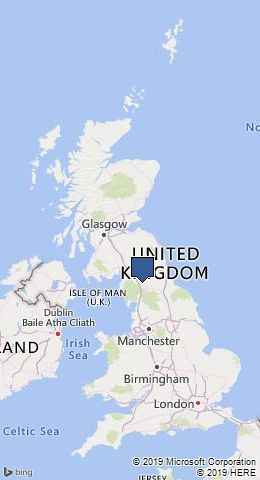
Acorn Bank by munki-boy
Acorn Bank
Acorn Bank has a long history that dates back to the 13th century. The first owners were the Knights Templar in 1228. In 1543 Acorn Bank was acquired by Thomas Dalston, a local landowner and remained in the hands of his descendants right up until the 1930s. During the late 19th centuries the Boazmans started to mine gypsum at Acorn Bank from the 1880s onwards. Acorn Bank was not their main residence and so had little investment, which means that very few Victorian alterations were made to the house.
Parts of the house date from the 16th century, but the main block was rebuilt in the mid-17th century. The whole house was then given a new façade in the 1690s, with Georgian sash windows added in the 1740s.
Acorn Bank, with its 180 acres of park and woodland, was given to The National Trust in 1950 by Dorothy Una Ratcliffe, the Yorkshire writer, traveller and art collector who had bought the property in 1934 with her second husband Capt. Noel McGrigor Phillips.
Created: 18 August 2019 Edited: 29 November 2023


Acorn Bank Information
Acorn Bank Address
Temple Sowerby, Penrith CA10 1SP, UK
CA10 1SP
Website: https://www.nationaltrust.org.uk/acorn-bank
Get directionsAcorn Bank Woodland
Acorn Bank is a 1.98 hectare, woodland area in Cumbria, managed by National Trust.Local History around Acorn Bank
There are some historic monuments around including:
Bewley Castle, CrackenthorpeTownhead lime kilns and associated features including part of a tramway on Rusby Hill and Ladslack HillRoman milestone, 180m north west of SpitalsHanging Walls of Mark AnthonyRoman camp, 350m east of Redlands BankKing's Meaburn medieval settlement, part of its associated medieval open field system and Bessygarth WellDolphenby medieval settlement and part of its associated open field systemKirkby Thore Roman Fort and Associated VicusFarmstead 700yds (640m) NNW of Redlands BankRomano-British farmstead and a length of Roman road 800m south of Winderwath.







